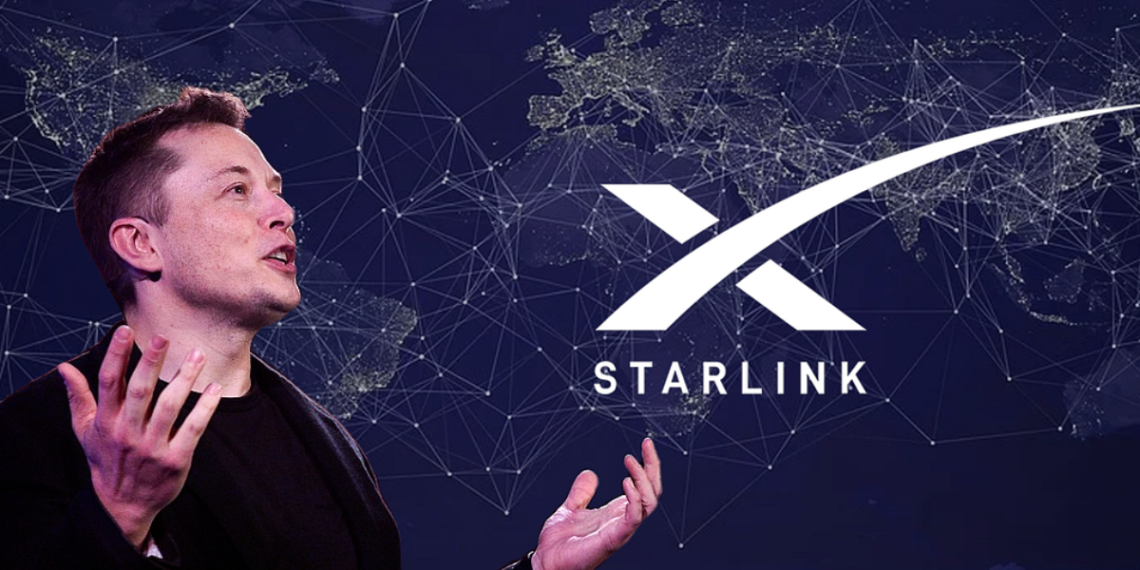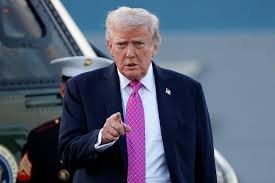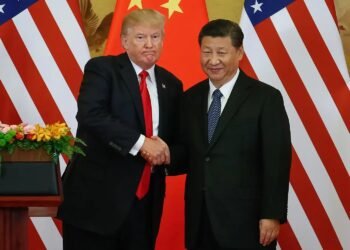India appears ready to make significant concessions to the U.S. under President Donald Trump, including lowering tariffs on products like Harley-Davidson motorcycles and paving the way for allocating spectrum for Elon Musk’s Starlink satellite internet. These moves raise questions about whether India is bowing to pressure or strategically aligning with U.S. interests.
BY PC BUREAU
Concerns that Donald Trump might impose higher tariffs on Indian goods and push India to reduce import duties appear to be materializing even before the formal transition of power in Washington. A move that signals India’s willingness to comply with longstanding U.S. demands, Commerce Minister Piyush Goyal on Friday said, “Products where there is no competition, such as heavy bikes like Harley-Davidson, we don’t manufacture them. We won’t have any problem in taking a request regarding this.”
Goyal added, “We are not worried about tariffs. If it’s a tariff hike on China, it only benefits India. If it’s a hike on everyone, we’re all in the same boat. We’ll still continue to perform well. But I personally believe India is seen as a trusted partner by the democratic world.”
India had already reduced customs duties on motorcycles like Harley-Davidson to 50% in 2019, following Trump’s criticism that India’s tariffs were “unfair” and his threat to raise duties on Indian motorcycles entering the U.S. Goyal’s recent comments, indicating India’s readiness to make further concessions, mark a significant shift in India’s trade posture.
What’s changed to warrant such a move? Especially when, for years, Harley-Davidson motorcycles—facing no local competition—had remained unaffected by these duties? Goyal’s focus on this lack of competition seems to serve as a justification for his declaration, but the underlying message is clear: India appears to be aligning with the U.S. ahead of expected policy changes under the Trump administration.
In a parallel development, just a day after Trump’s sweeping victory in the U.S. elections, India agreed to allocate spectrum for Elon Musk’s Starlink satellite internet service. This move, touted as a step toward expanding broadband access in remote areas, has faced strong opposition from Indian telecom giants like Jio and Airtel, raising concerns about the impact on competition and the regulatory framework for satellite-based internet in India.
While India’s concessions to U.S. businesses seem to be growing, a broader concern lingers—Indian exporters could face higher tariffs on key goods like automobiles, textiles, and pharmaceuticals, should the U.S. adopt a more protectionist stance under Trump’s “America First” agenda. Experts also speculate that Trump could tighten H-1B visa regulations, a potential blow to India’s IT firms, as more than 80% of India’s IT export revenue comes from the U.S.
The U.S. is India’s largest trading partner, with annual trade exceeding USD 190 billion. However, in 2023-24, bilateral trade stood at USD 120 billion, a slight decrease from the previous year’s USD 129.4 billion. According to a GTRI report based on WTO’s World Tariff Profiles 2023, the U.S. imposes steep duties on several Indian exports, including dairy products (188%), fruits and vegetables (132%), cereals and food preparations (193%), oilseeds, fats, and oils (164%), and beverages and tobacco (150%).
Also Read: Trump’s battle against clean energy: Politics, profits, and personal interests
India also plays a crucial role as a key market for American businesses, including in professional services, IT, and manufacturing. The U.S. is India’s third-largest investor, with USD 66.7 billion invested between April 2000 and June 2024. India also purchases billions of dollars’ worth of military equipment and Boeing aircraft from the U.S. and conducts over 90% of its global trade in U.S. dollars.
While Trump may label India the “tariff king,” the reality is that American companies such as Google, Facebook, and Amazon earn billions in advertising revenue and data from India each year. Google and Facebook alone gather terabytes of data every day, and Amazon, which exited China, has become the largest online retailer in India.
The question now arises: Will India leverage its significant economic influence or allow the Trump administration to bulldoze its way forward, shaping the future of trade relations between the two nations?
Key points:
- India’s Shift on Tariffs: Commerce Minister Piyush Goyal signals India’s readiness to cut tariffs on products like Harley-Davidson, responding to long-standing U.S. demands.
- Existing Concessions: India had already reduced duties on Harley-Davidson motorcycles to 50% in 2019 after Trump’s criticism of India’s tariffs.
- Aligning with U.S. Interests: Goyal’s recent comments indicate a significant shift, with India seemingly aligning more closely with U.S. priorities under Trump’s administration.
- Starlink Spectrum Deal: In a parallel move, India agreed to allocate spectrum via an executive order, bypassing the traditional auction process as requested by Elon Musk for his Starlink service. This decision comes despite opposition from local telecom giants like Jio and Airtel.
- Future Trade Concerns: India faces potential challenges, including higher tariffs on key exports and tighter H-1B visa regulations, as part of Trump’s protectionist agenda.












